The History of Chaparral Motorcycles
The story of Chaparral motorcycles begins with a vision of ruggedness and endurance. Introduced in the mid-20th century, these bikes quickly gained a reputation for their durability. The early models of Chaparral motorcycles utilized simple, yet effective technology. It’s a brand that stood the test of time, constantly adapting to the needs of riders seeking adventure in rough terrains.
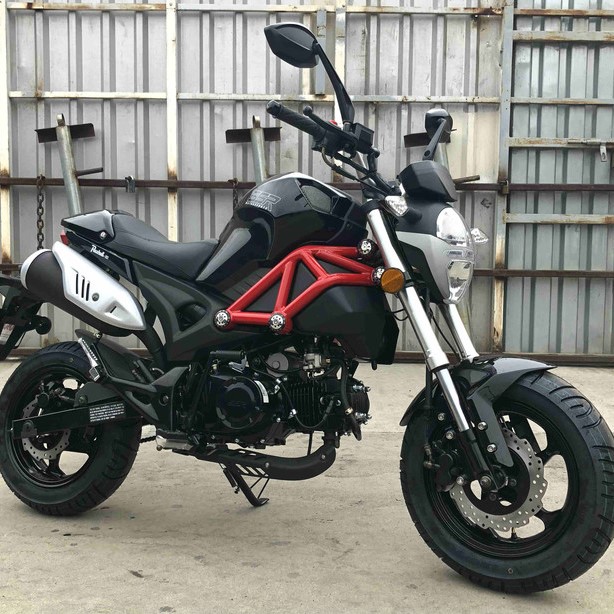
Manufacturers designed Chaparral motorcycles with the outdoors in mind. They focused on creating bikes that could handle a variety of landscapes. Over the years, advancements in engineering brought about more sophisticated models. These catered to both novice riders and seasoned experts. With each generation, Chaparral motorcycles became more synonymous with off-road excellence.
The brand’s commitment to quality and performance has carved out a special niche in the hearts of off-road enthusiasts. Chaparral motorcycles are not just machines; they are a legacy that continues to grow with each ride. This history is pivotal to understanding why Chaparral motorcycles have become synonymous with off-road prowess and adventure.
Key Features of Chaparral Motorcycles
When talking about the standout qualities of Chaparral motorcycles, several key features catapult these bikes to the forefront for off-road enthusiasts. These features are essential for riding in challenging terrains and contribute significantly to the brand’s reputation.
- Robust Engine Performance: Chaparral motorcycles come equipped with powerful engines. These engines provide the necessary torque and horsepower for handling rugged landscapes.
- Durable Build: The frame and body of Chaparral bikes are crafted for endurance. The use of high-quality materials ensures longevity and resistance to harsh conditions.
- Advanced Suspension: To tackle the uneven and rough paths, these motorcycles feature advanced suspension systems. They help riders navigate with ease and comfort.
- Versatile Tires: The tires on a Chaparral motorcycle are thick and durable. They offer excellent grip on various surfaces, from muddy tracks to rocky slopes.
- Responsive Braking System: Safety is paramount, and Chaparral motorcycles have responsive and reliable braking systems. This gives riders control in emergency stops or on slippery surfaces.
- Optimized Weight Distribution: The design ensures a balance between weight and stability. This feature helps maintain control during high-speed maneuvers and tight turns.
Chaparral motorcycles showcase an impressive array of features designed for off-road excellence. These key attributes support the motorcycle’s ability to conquer tough terrains and provide a reliable and thrilling ride for adventurous spirits.
Types of Chaparral Motorcycles Suited for Different Terrains
Chaparral motorcycles are diverse. They meet the demands of varied terrains with specific models tailored to each landscape. This variety ensures that whether you’re scaling mountain trails or navigating sandy dunes, there’s a Chaparral motorcycle designed for that purpose.
Desert and Dunes
For the loose sands and vast dunes, Chaparral offers motorcycles with high ground clearance and lightweight frames. These features help keep the bike stable on shifting sands. The tires are also wider, providing a larger surface area to prevent sinking.
Rocky Trails
In rocky terrains, you need a robust bike that can withstand constant jolts. Chaparral’s rock-focused models come with reinforced suspension systems and engine guards. These protect the vital components from damage when riding over rough, uneven rocky paths.
Forest Paths
Forest trails require bikes that offer maneuverability and control. Chaparral provides motorcycles with a narrow chassis. This design lets riders weave through trees and obstacles with agility. The bikes also feature knobby tires for better grip on leaf-covered and muddy grounds.
Mountainous Regions
For the high altitudes and steep inclines of mountainous areas, Chaparral designs motorcycles with powerful engines and advanced braking systems. These help riders ascend and descend safely. The enhanced torque also ensures adequate pulling power for steep climbs.
Urban Landscapes
While Chaparral motorcycles shine in off-road conditions, some models are well-suited for urban environments. These bikes are versatile, with smooth tires for pavement, moderate suspension for city potholes, and a comfortable seating position for longer commutes.
Each Chaparral motorcycle model caters to the specific challenges presented by these different terrains. Enthusiasts can select a bike that best fits their adventure needs, ensuring every ride is exhilarating and secure no matter the landscape.
Advancements in Chaparral Motorcycle Technology
Chaparral Motorcycle technology has seen significant advancements. These improvements elevate riding experiences on tough terrains. Let’s delve into how these upgrades benefit riders.
- Enhanced Engine Technology: Modern Chaparral bikes boast engines with advanced fuel injection systems. These provide smoother throttle response and better fuel efficiency.
- Sophisticated Electronics: The inclusion of electronic aids like traction control and ABS enhances rider safety. These features adjust to terrain changes, giving more control to the rider.
- Improved Ergonomics: The seating and handlebar positioning on new models increase rider comfort. Long rides become less tiring, thanks to these thoughtful design changes.
- Advanced Materials: Use of lightweight, strong materials in the bike’s construction means better performance. These materials withstand the rigors of off-road riding while reducing overall bike weight.
- Innovative Suspension Systems: State-of-the-art suspension setups absorb shocks more effectively. They allow for a smoother ride over bumps and obstacles.
- Integrated Connectivity: Some Chaparral motorcycles offer Bluetooth connectivity. Riders can connect their devices for navigation, music, or communication on the go.
The continuous development in technology ensures Chaparral motorcycles remain a top choice for off-road enthusiasts. Riders get to enjoy the mix of tradition and modernity in their adventures. Chaparral Motorcycle is committed to offering cutting-edge technology for the best off-road experiences.
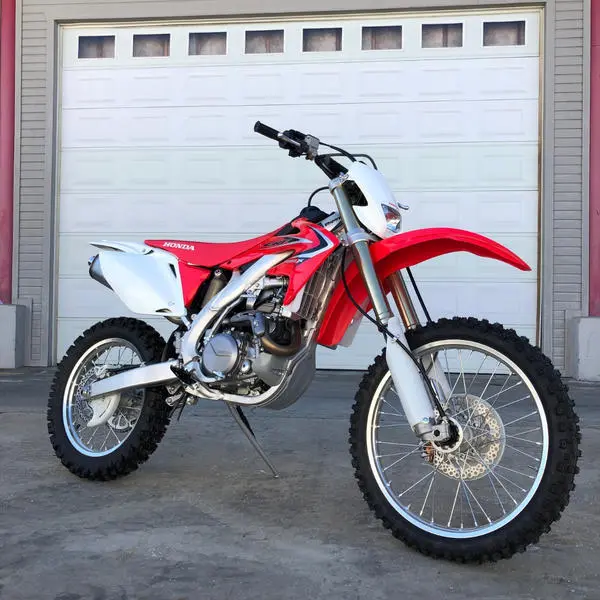 Safety Gear and Accessories for Riding a Chaparral Motorcycle
Safety Gear and Accessories for Riding a Chaparral Motorcycle
Riding a Chaparral motorcycle demands proper safety gear and accessories. This equipment is crucial for protecting riders on various terrains. Here is a rundown of essential items you should consider.
- Helmet: A sturdy helmet is non-negotiable. It shields your head during falls or collisions. Pick a helmet with a visor for face protection from debris.
- Gloves: Durable gloves safeguard your hands from abrasions and provide better grip control.
- Jacket: A high-quality riding jacket with padding protects against the elements and in case of a slide.
- Pants: Specialized riding pants offer protection for your legs and are built to withstand rough contact with the ground.
- Boots: Strong, ankle-covering boots are vital. They protect your feet and ankles from injuries.
- Goggles: If your helmet doesn’t have a visor, use goggles to keep dust and flying particles out of your eyes.
- Body Armor: Consider wearing body armor. It can absorb impact and lessen injury risks to your torso and back.
Apart from safety gear, adding certain accessories to your Chaparral motorcycle can also enhance the riding experience. Consider these:
- Saddlebags or Tank Bags: For carrying essentials without adding much weight.
- Navigation System: A GPS device helps you stay on course in uncharted areas.
- Tool Kit: Carry the basics for on-the-go repairs and adjustments.
- Lighting: Good lighting is key for nighttime visibility. Add extra lights if needed.
Every rider should invest in quality safety gear and handy accessories. They turn a good ride into a safer, more enjoyable adventure on your Chaparral motorcycle.
Maintenance Tips for Keeping Your Chaparral Motorcycle in Top Condition
Proper maintenance is key for any Chaparral motorcycle to perform its best, especially on tough terrains. To help keep your Chaparral motorcycle in excellent condition, follow these simple maintenance tips.
- Regular Checks: Before each ride, check tire pressure, brakes, and fluid levels. This can prevent issues while riding.
- Clean Filters: After rides through dusty or dirty areas, clean or replace your air and oil filters. This keeps your engine running smoothly.
- Lubrication: Keep the chain, cables, and moving parts well-lubricated. This reduces wear and tear.
- Battery Maintenance: Ensure the battery is charged and the terminals are clean. A healthy battery means no start-up problems.
- Tire Inspection: Look for signs of wear or damage on your tires. Good tires mean a safer ride.
- Fluid Replacement: Change the oil and coolant at recommended intervals. Fresh fluids can significantly improve engine performance.
- Brake Checks: Inspect brake pads and discs for wear. Replace them if needed to maintain strong stopping power.
- Suspension Tuning: Adjust the suspension according to your weight and riding style. Right settings offer better control and comfort.
By following these maintenance tips, you can ensure that your chaparral motorcycle remains reliable and ready for any adventure that comes your way.
The Best Chaparral Motorcycle Models for Off-Road Adventures
When choosing a Chaparral motorcycle for off-road adventures, you want the best. Here we highlight top models that excel on rough terrains. Each brings something unique to your ride.
- Chaparral ProRider X: Known for its agility and power, the ProRider X is perfect for tight trails. It features a lightweight design and responsive handling.
- Chaparral TrailMaster 300: Ideal for mountainous regions, the TrailMaster 300 has a robust engine. It offers high torque for steep climbs and safe descents.
- Chaparral SandRover 250: For desert rides, the SandRover 250 stands out. It has wide tires and a high ground clearance to sail over dunes.
- Chaparral RockHopper 450: With its strong suspension and engine guards, the RockHopper 450 is a rock trail’s best friend. It can handle the toughest bumps.
- Chaparral ForestRider 200: Maneuver through forests with ease on the ForestRider 200. It offers great grip and a narrow body for tight spaces.
These Chaparral models offer reliability and performance for various terrains. They showcase the brand’s ability to blend durability with advanced technology. Pick a model that matches your adventure and get set for an unforgettable journey.
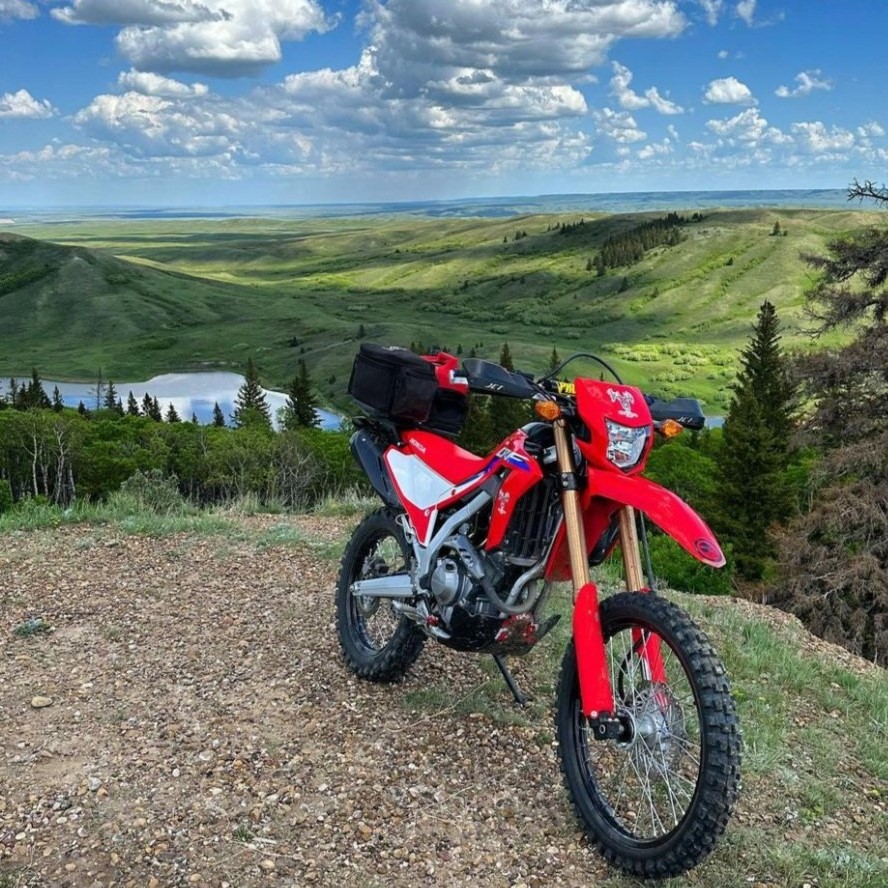 How to Choose the Right Chaparral Motorcycle for Your Adventure Needs
How to Choose the Right Chaparral Motorcycle for Your Adventure Needs
Choosing the right Chaparral motorcycle for your adventures is essential. Here’s how you can make an informed decision based on your needs and preferences:
- Assess the Terrain: Consider the type of terrain you’ll mostly ride on. Different models excel on varying terrains, from deserts to rocky trails.
- Engine Preferences: Determine if you need high torque for steep climbs or a balanced power output for general off-road use.
- Rider Experience: Reflect on your riding skills. Novice riders might prefer models with easier handling, while experts could choose high-performance bikes.
- Comfort Level: Look for ergonomic features that match your riding style. Comfort can greatly enhance your riding experience on long journeys.
- Suspension System: Opt for a motorcycle with a suspension that can handle the expected bumps and obstacles of your riding terrain.
- Budget Considerations: Set a clear budget. High-end models offer more features but remember that maintenance and gear also come at a cost.
Think about what you value most on an off-road ride. Some riders prioritize speed and power, others focus on durability and comfort. By considering these factors, you’ll find the Chaparral motorcycle that best fits your adventurous spirit and ensures an exhilarating, safe voyage on any terrain.

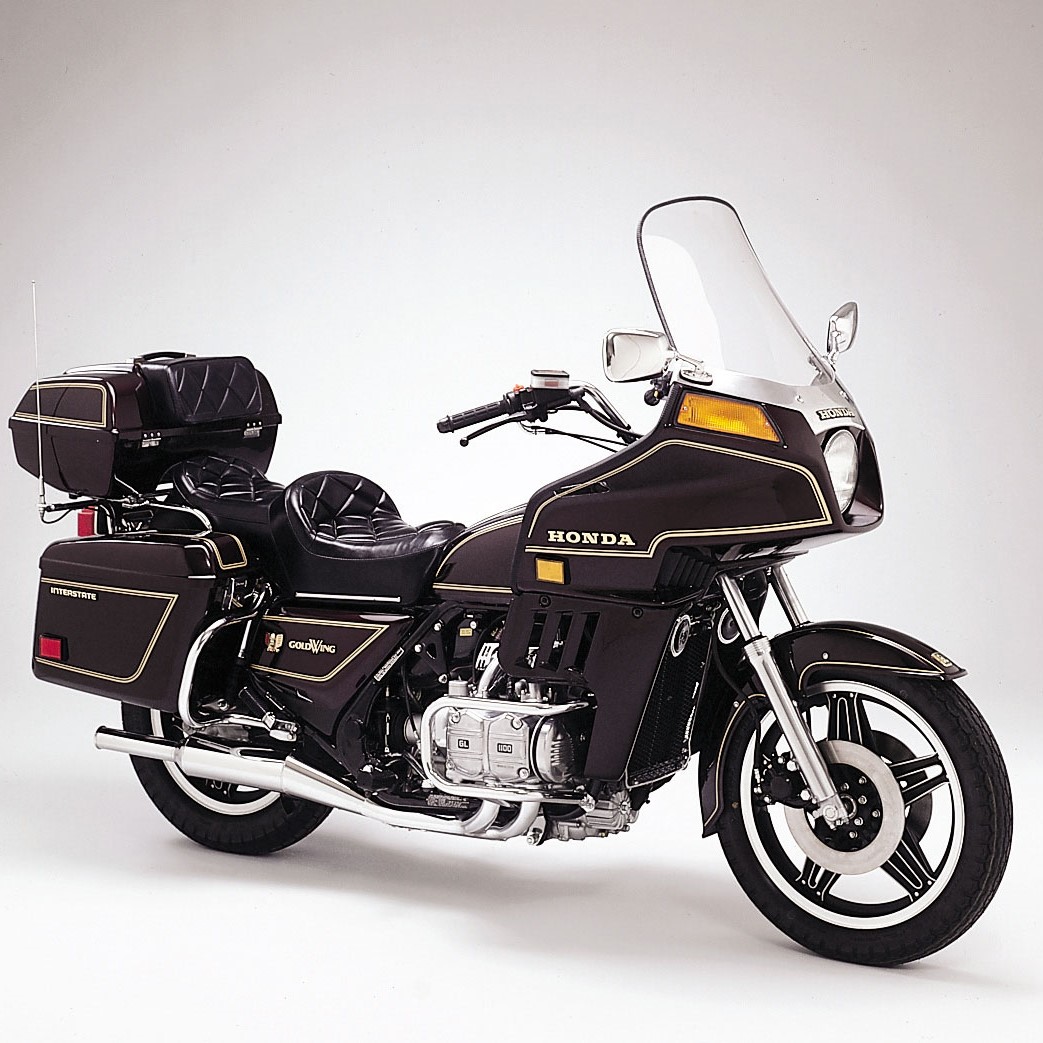
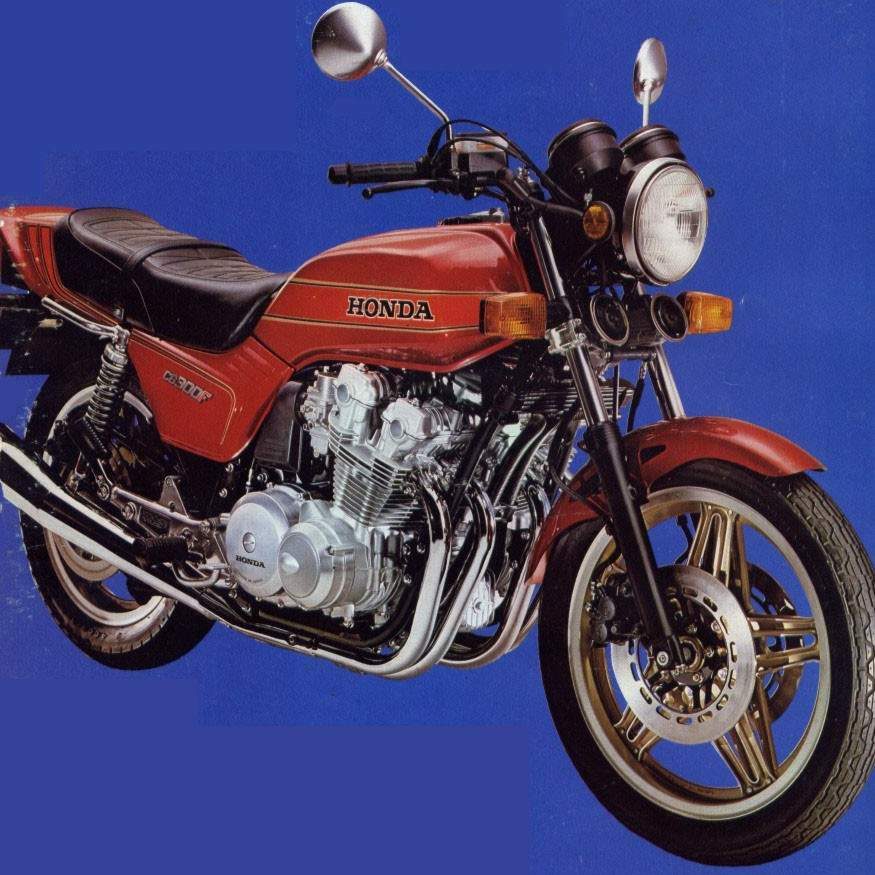 Maintenance Best Practices for Vintage Motorcycles
Maintenance Best Practices for Vintage Motorcycles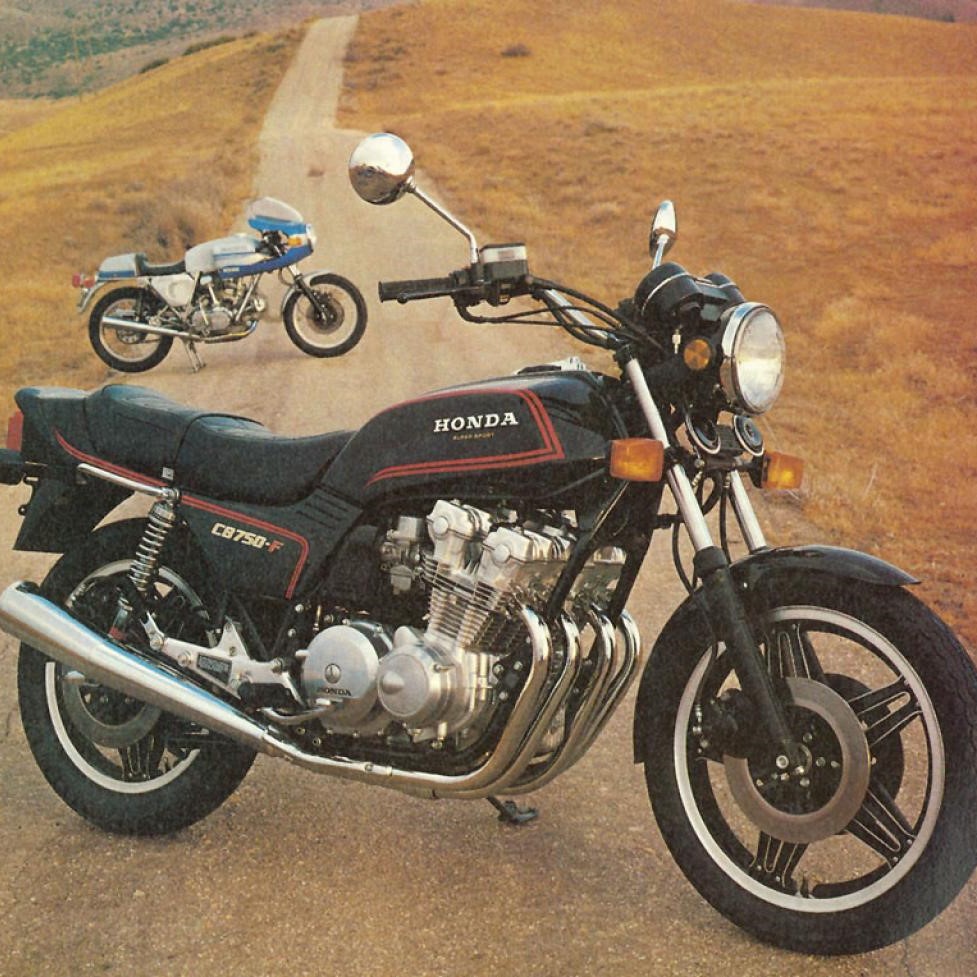 Future of Vintage Motorcycles
Future of Vintage Motorcycles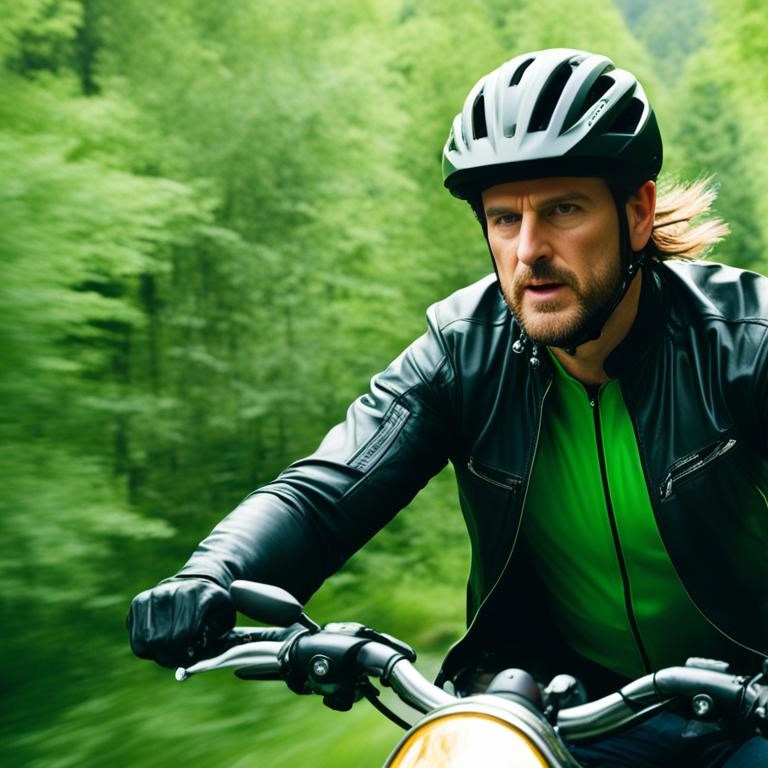
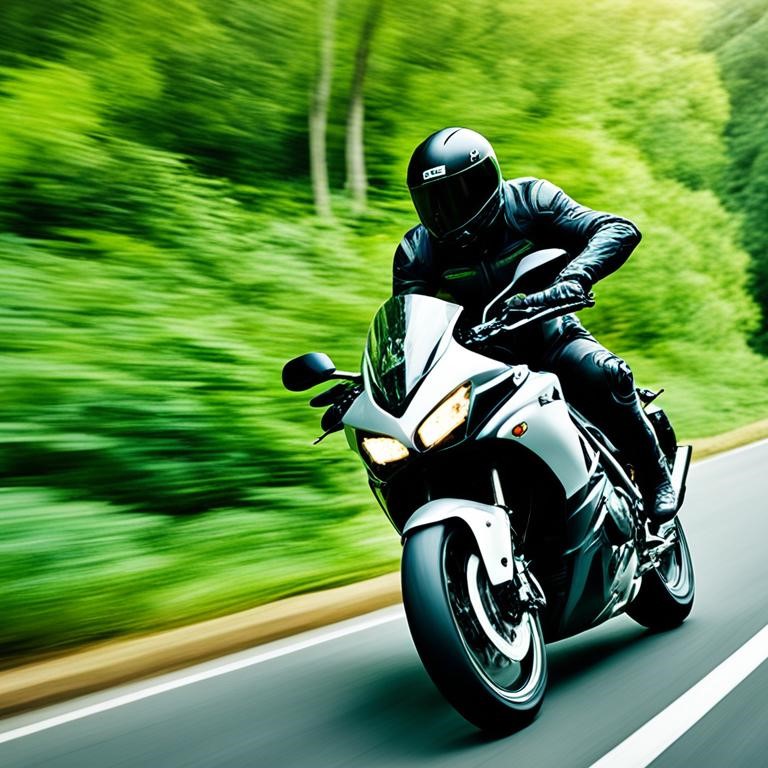 Safety Considerations for Weight Loss Riding
Safety Considerations for Weight Loss Riding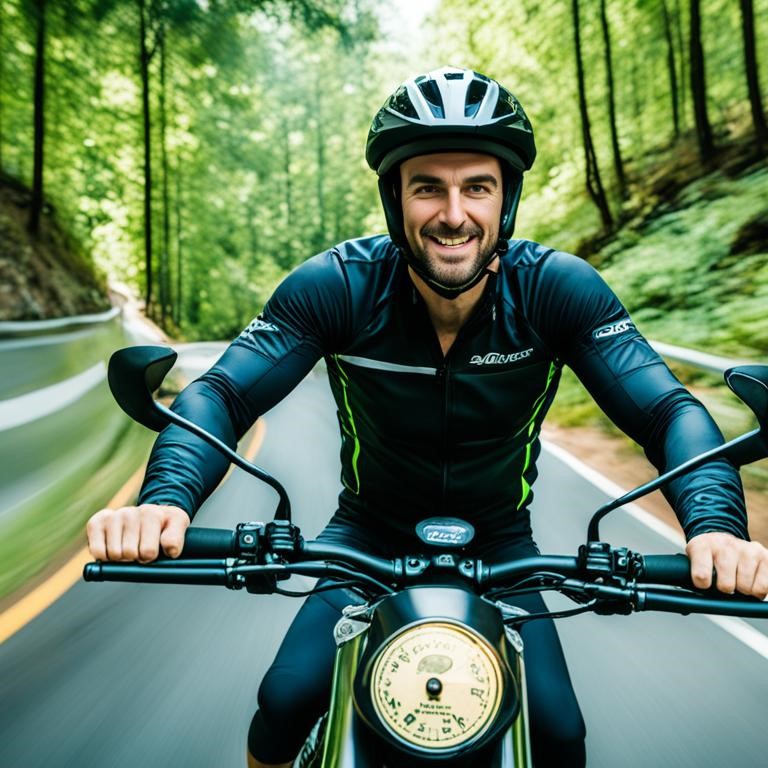 Conclusion:
Conclusion:
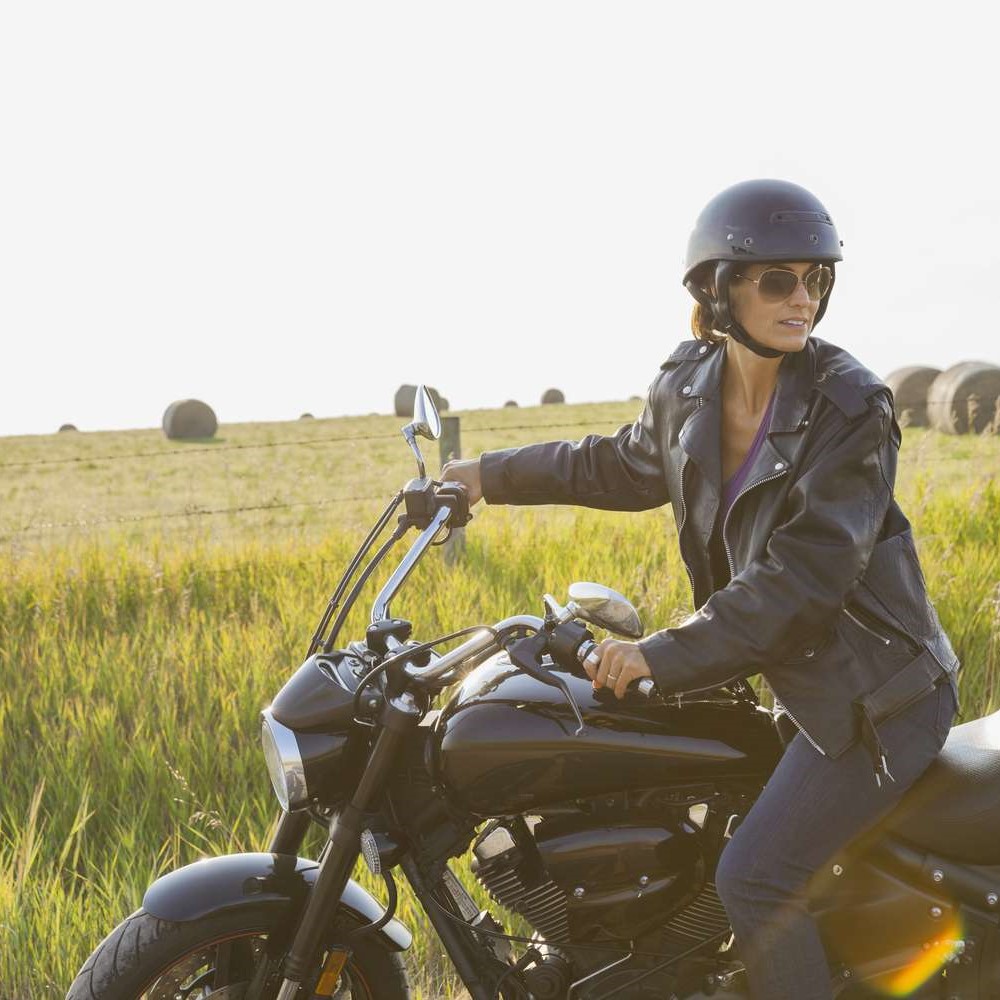 Turning and Cornering Skills
Turning and Cornering Skills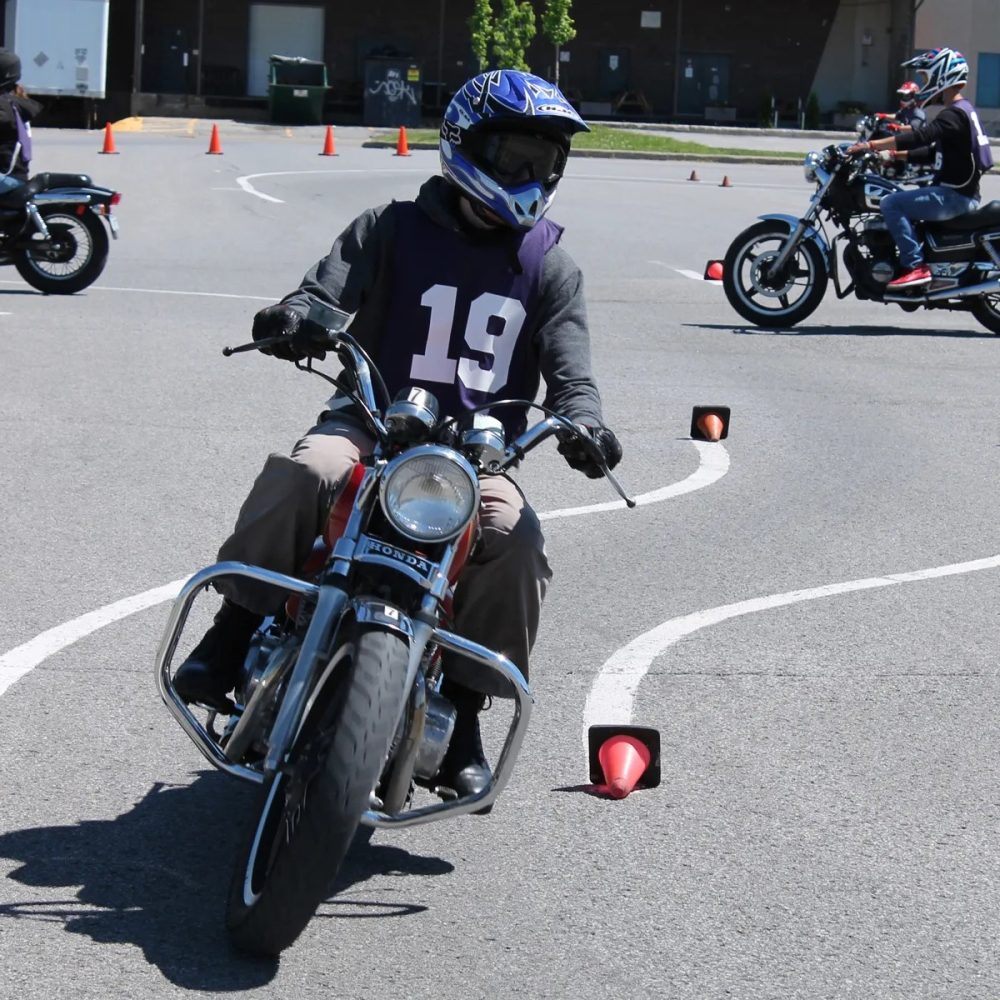 The Value of Motorcycle Training Schools
The Value of Motorcycle Training Schools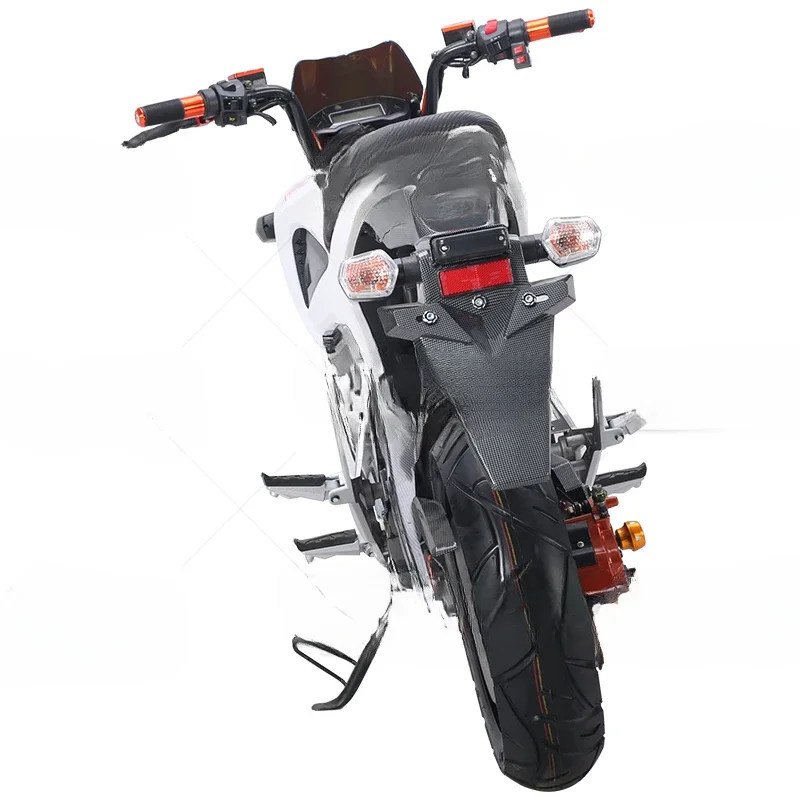
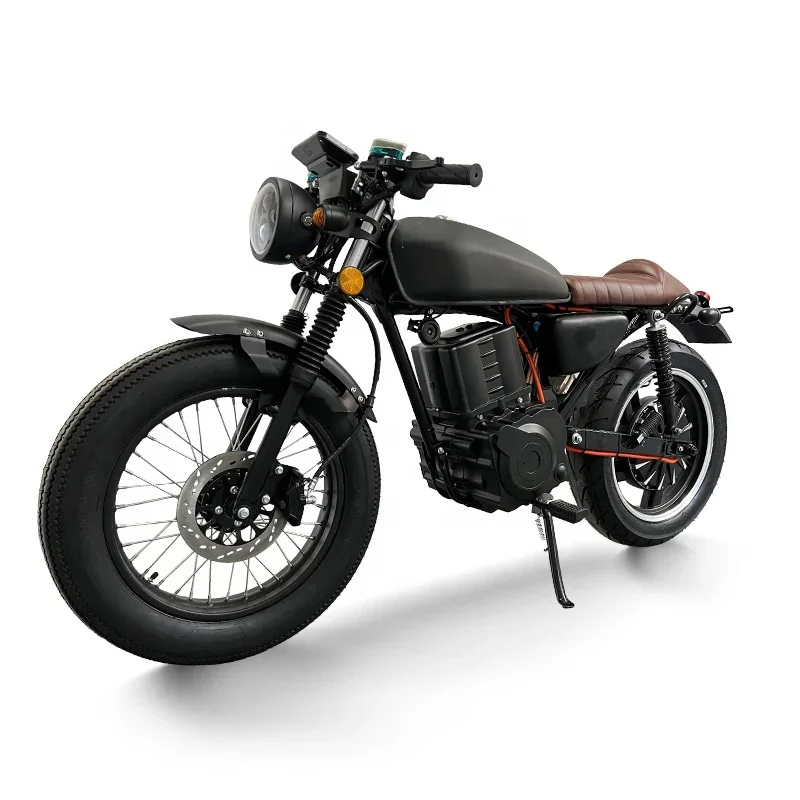 Liens and How They Affect Motorcycle Titles
Liens and How They Affect Motorcycle Titles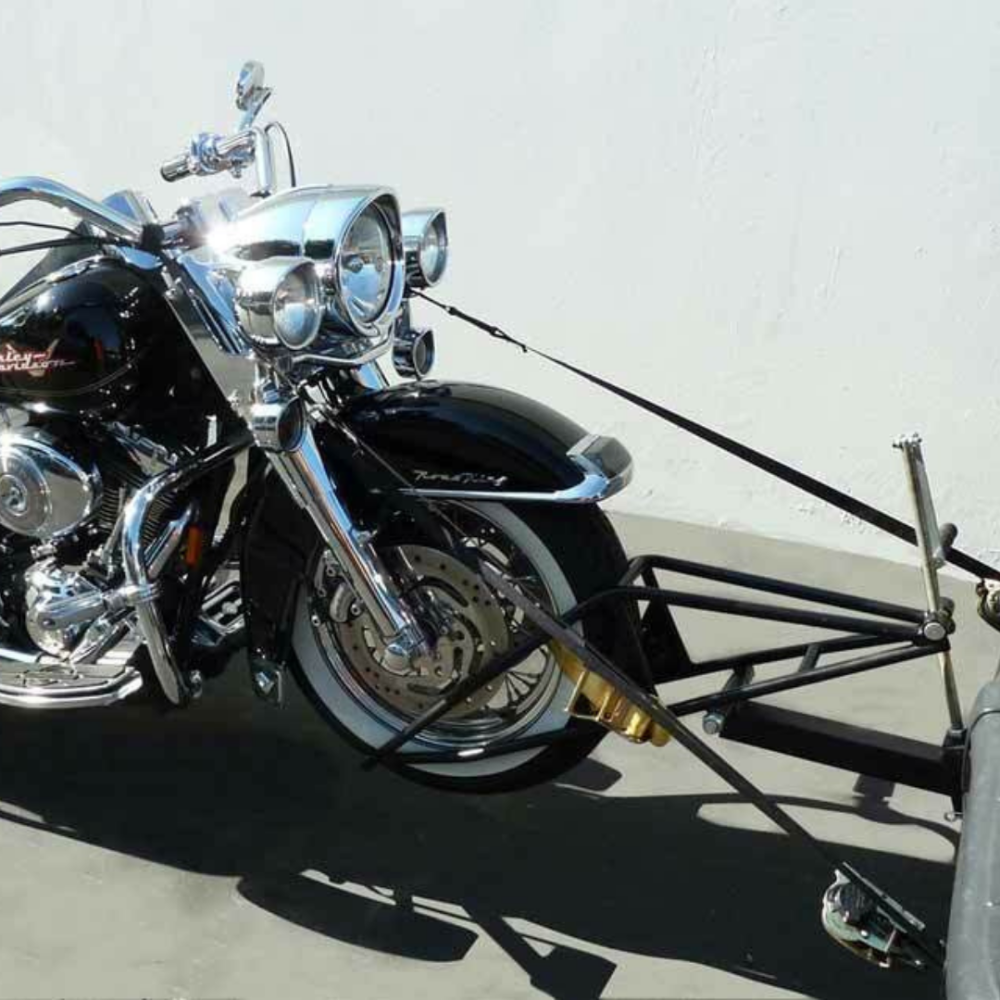 How to Title a Motorcycle With a Bill of Sale
How to Title a Motorcycle With a Bill of Sale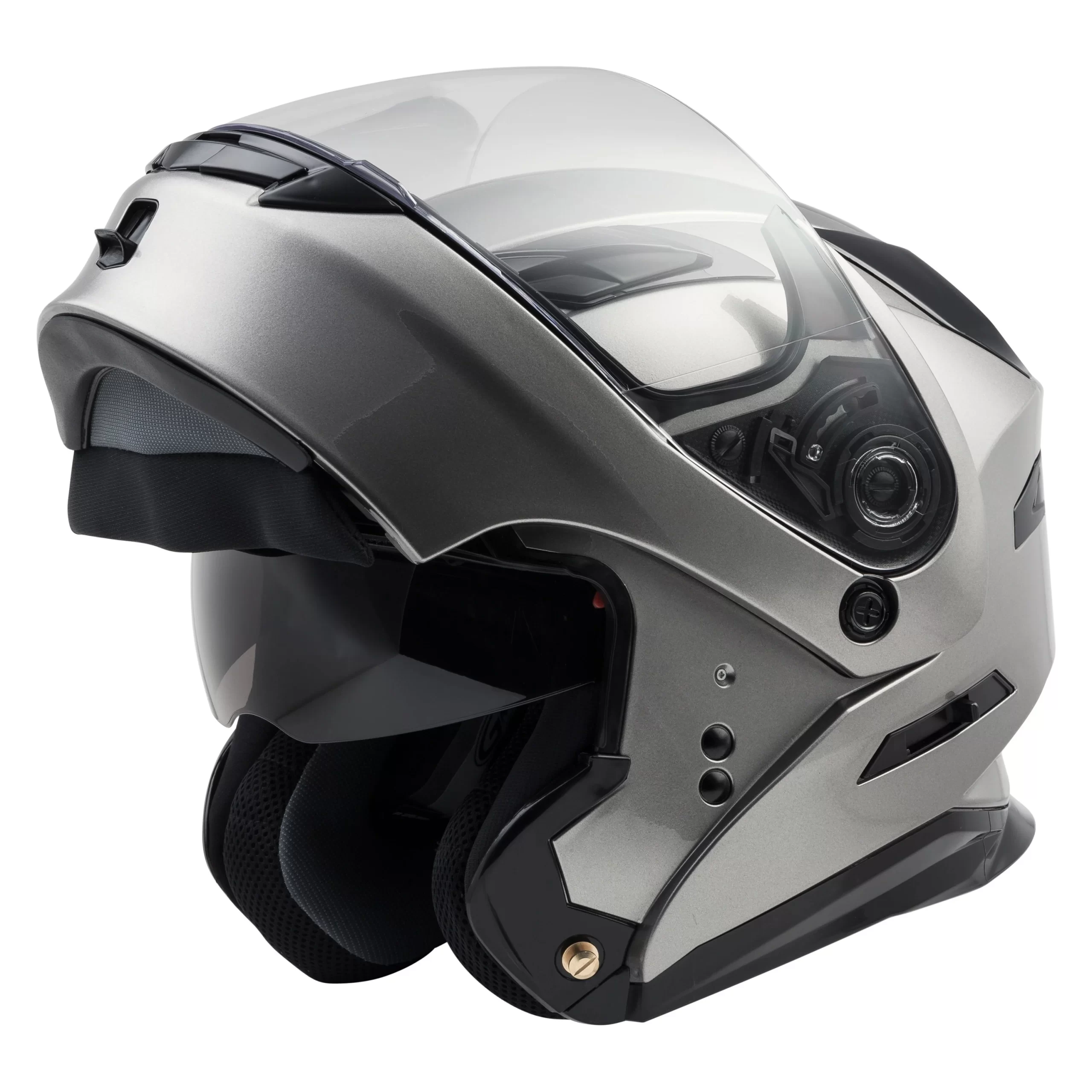
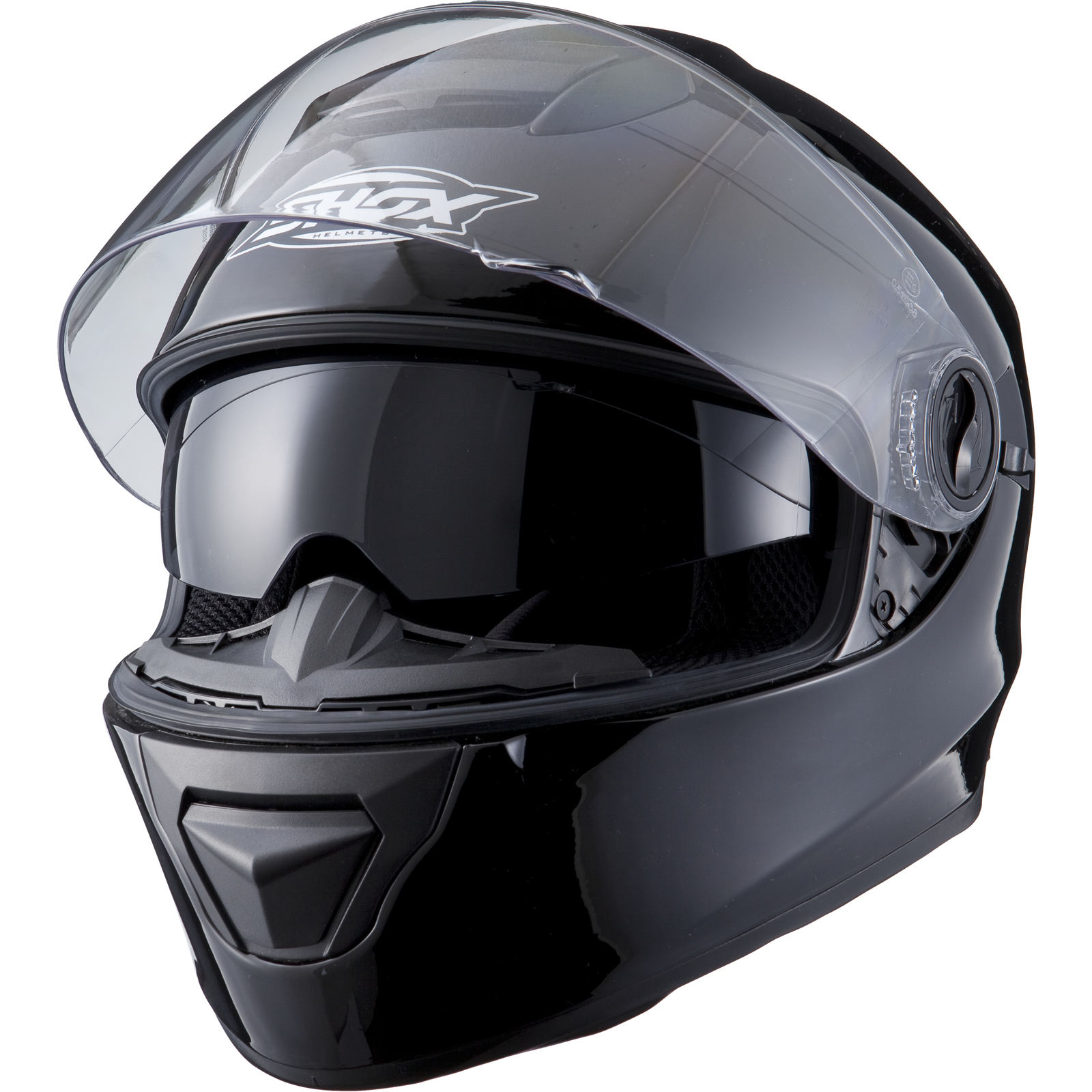
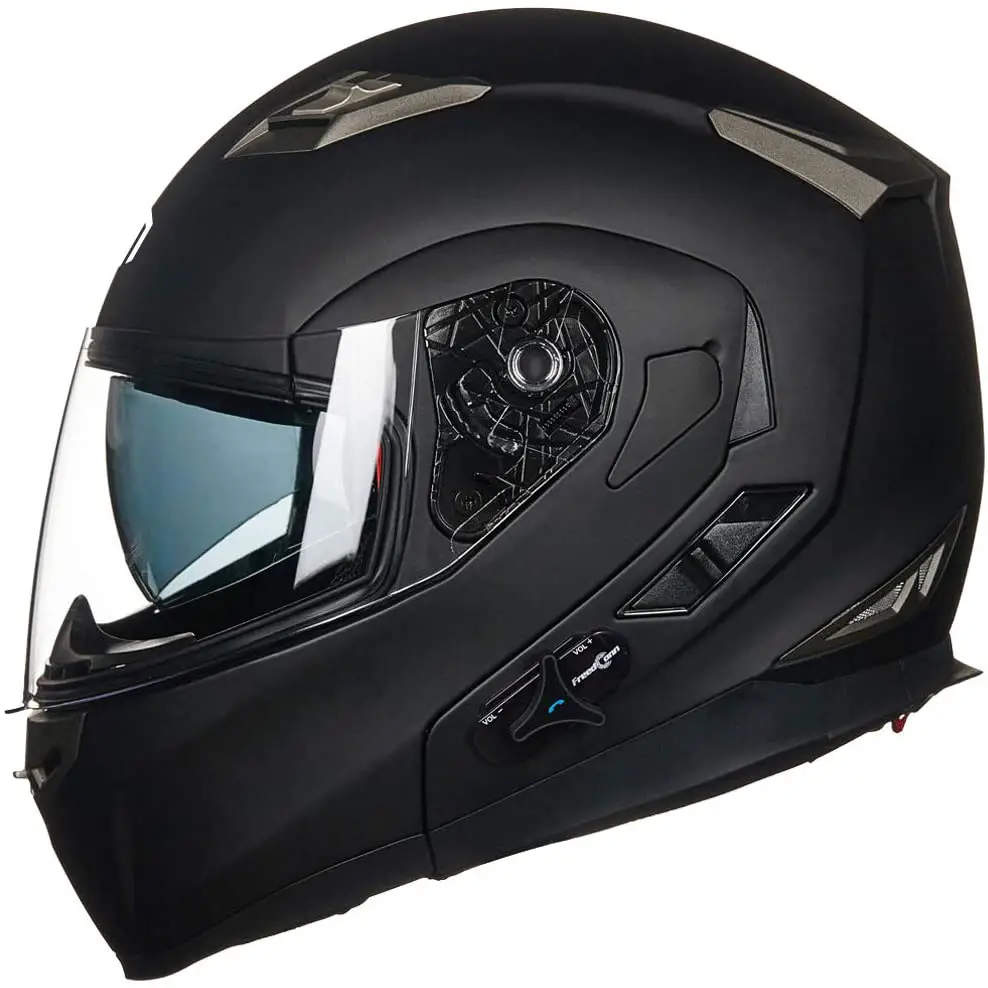

 Conclusion
Conclusion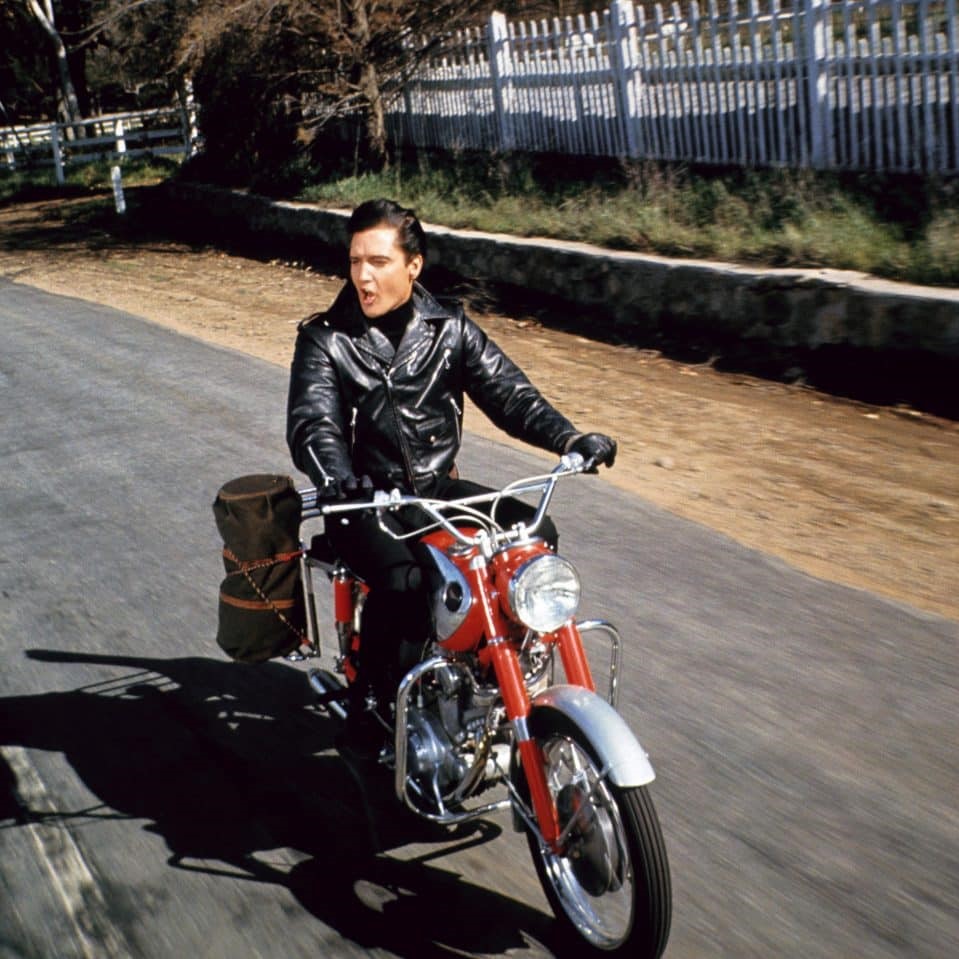
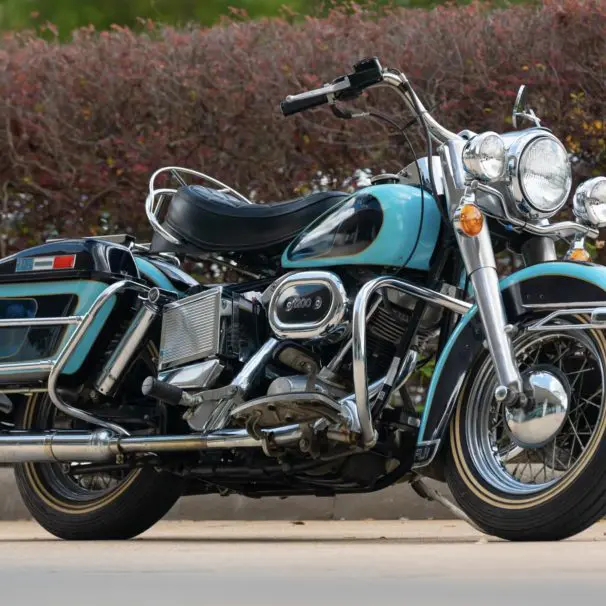 Custom Creations: Elvis’ Influence on Motorcycle Customization
Custom Creations: Elvis’ Influence on Motorcycle Customization The King’s Last Ride: The 1976 Harley-Davidson FLH Legacy
The King’s Last Ride: The 1976 Harley-Davidson FLH Legacy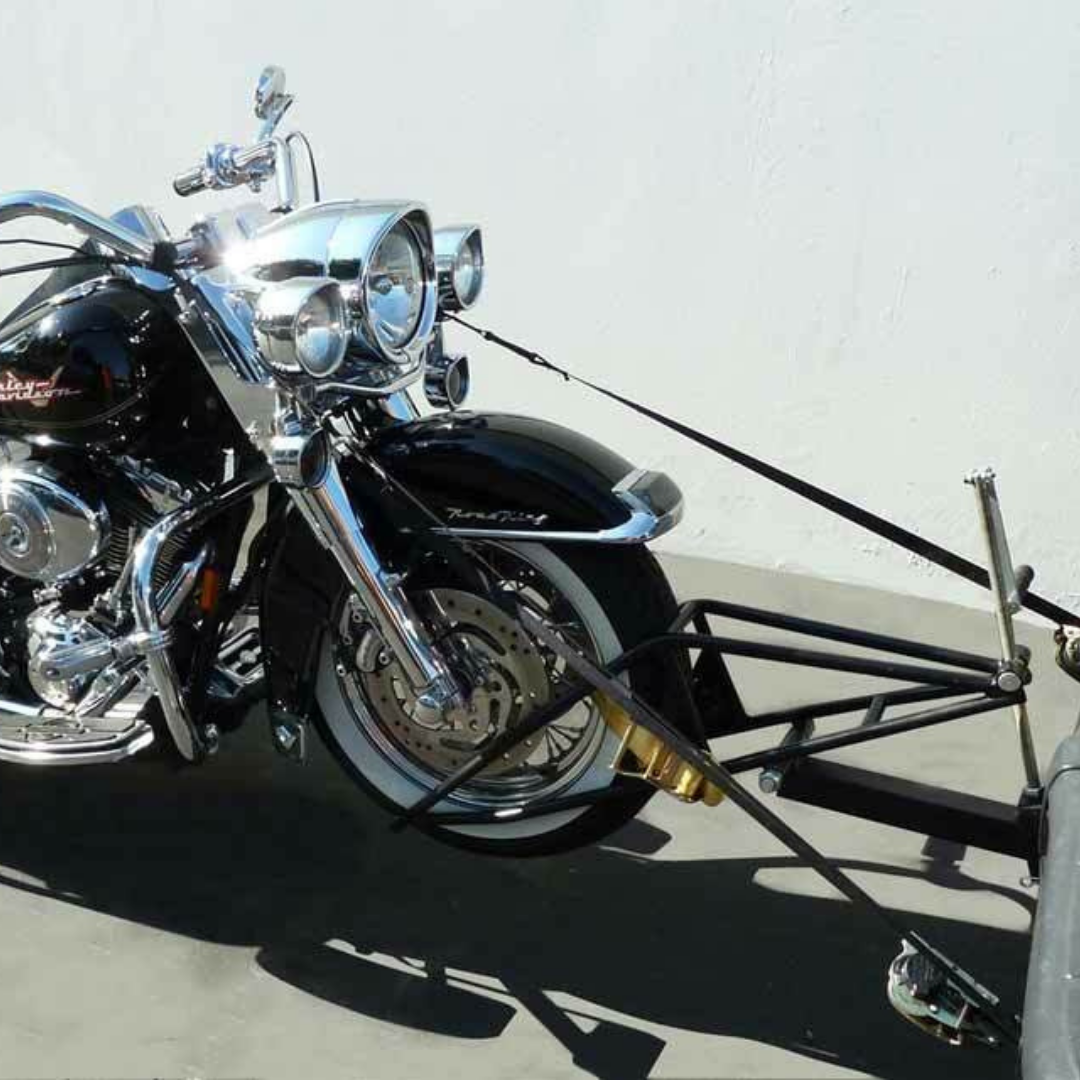
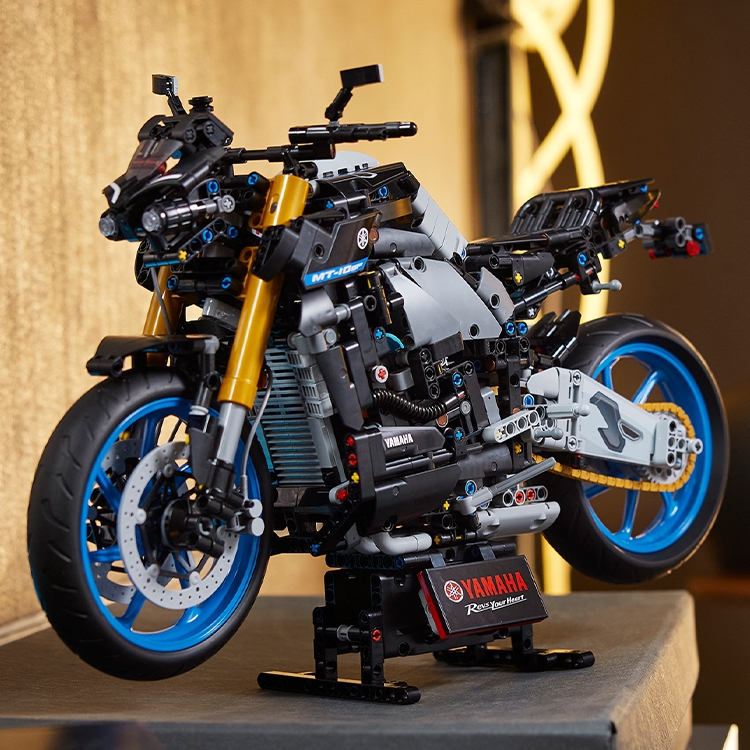 Renewing Your Motorcycle License: When and How
Renewing Your Motorcycle License: When and How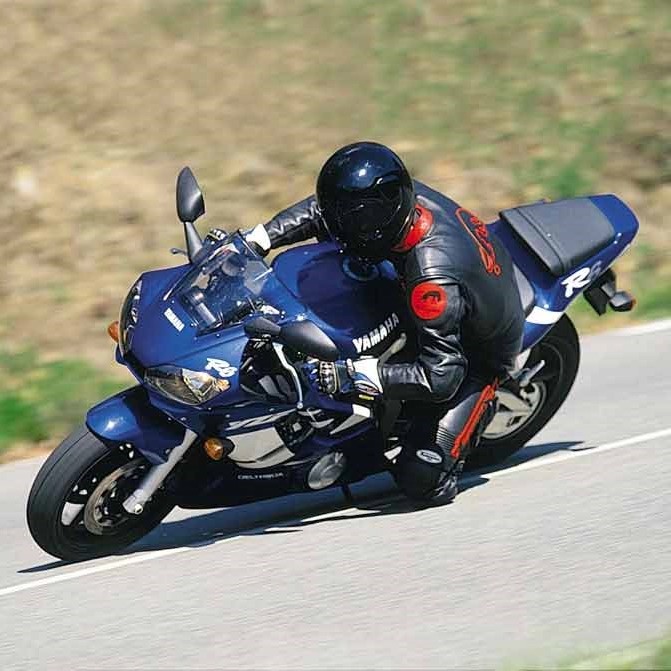
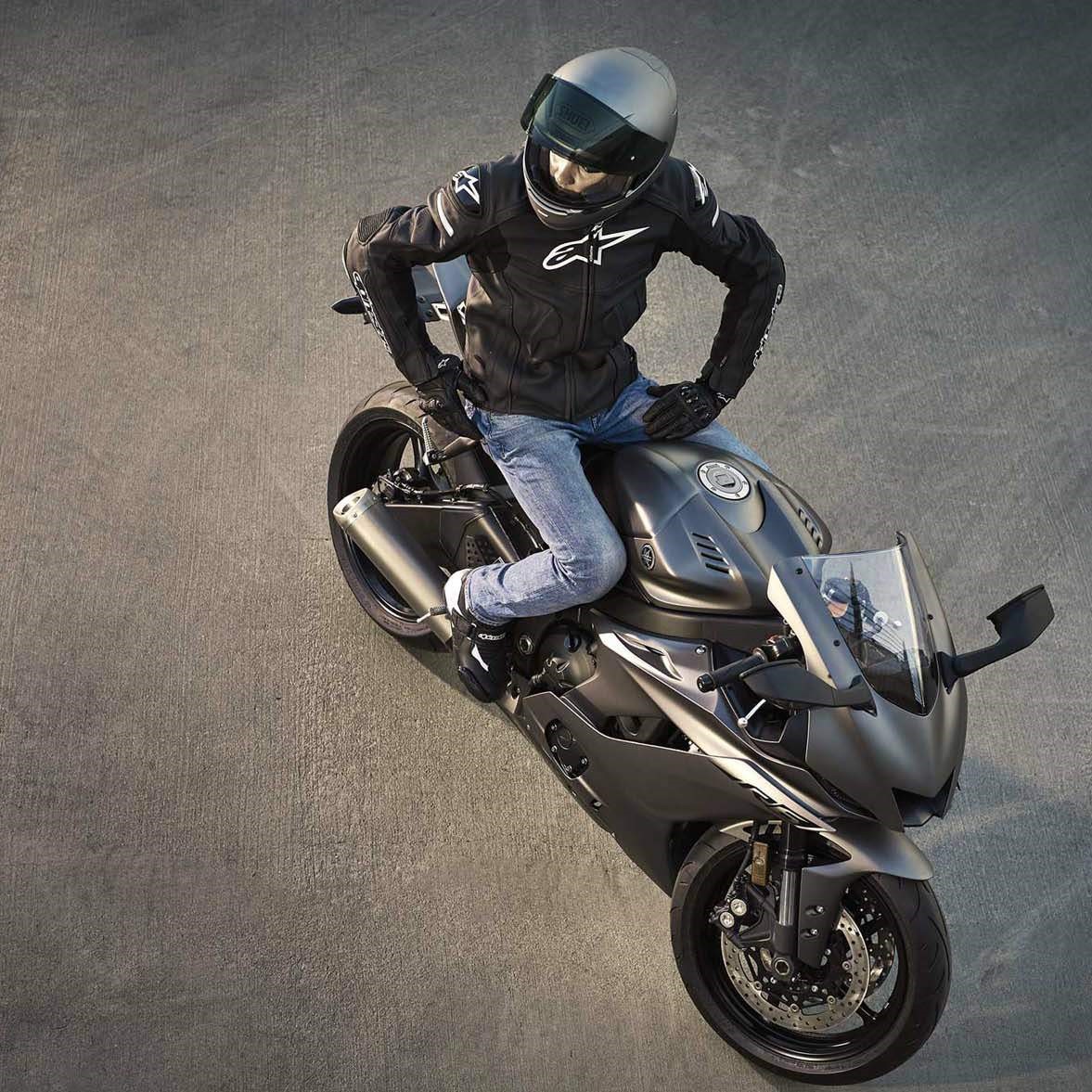 Impact of Aerodynamics and Riding Style on Top Speed
Impact of Aerodynamics and Riding Style on Top Speed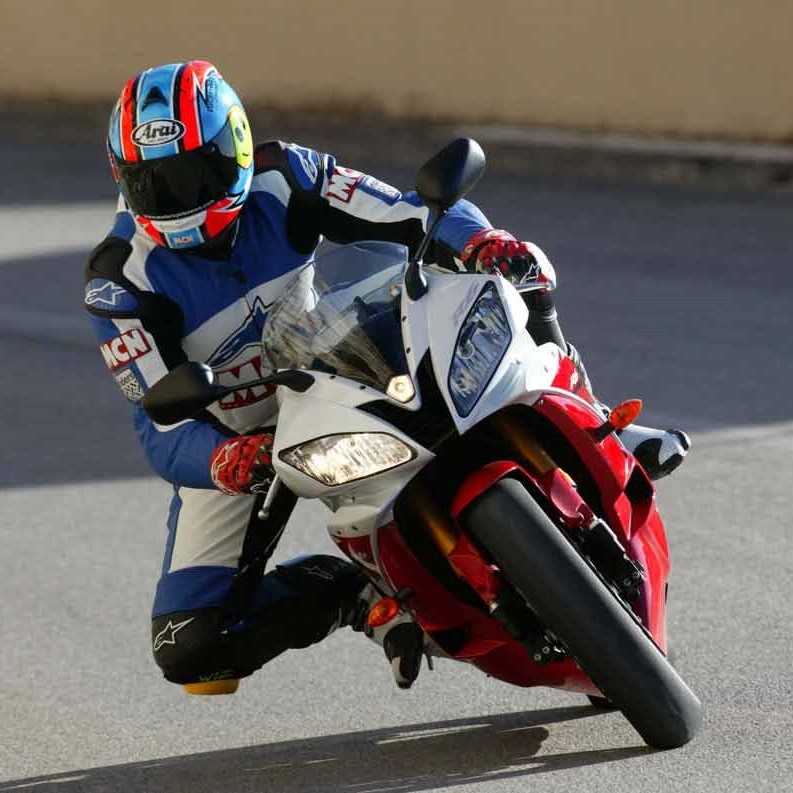 The R6 in Context: Its Legacy and Yamaha’s Future Models
The R6 in Context: Its Legacy and Yamaha’s Future Models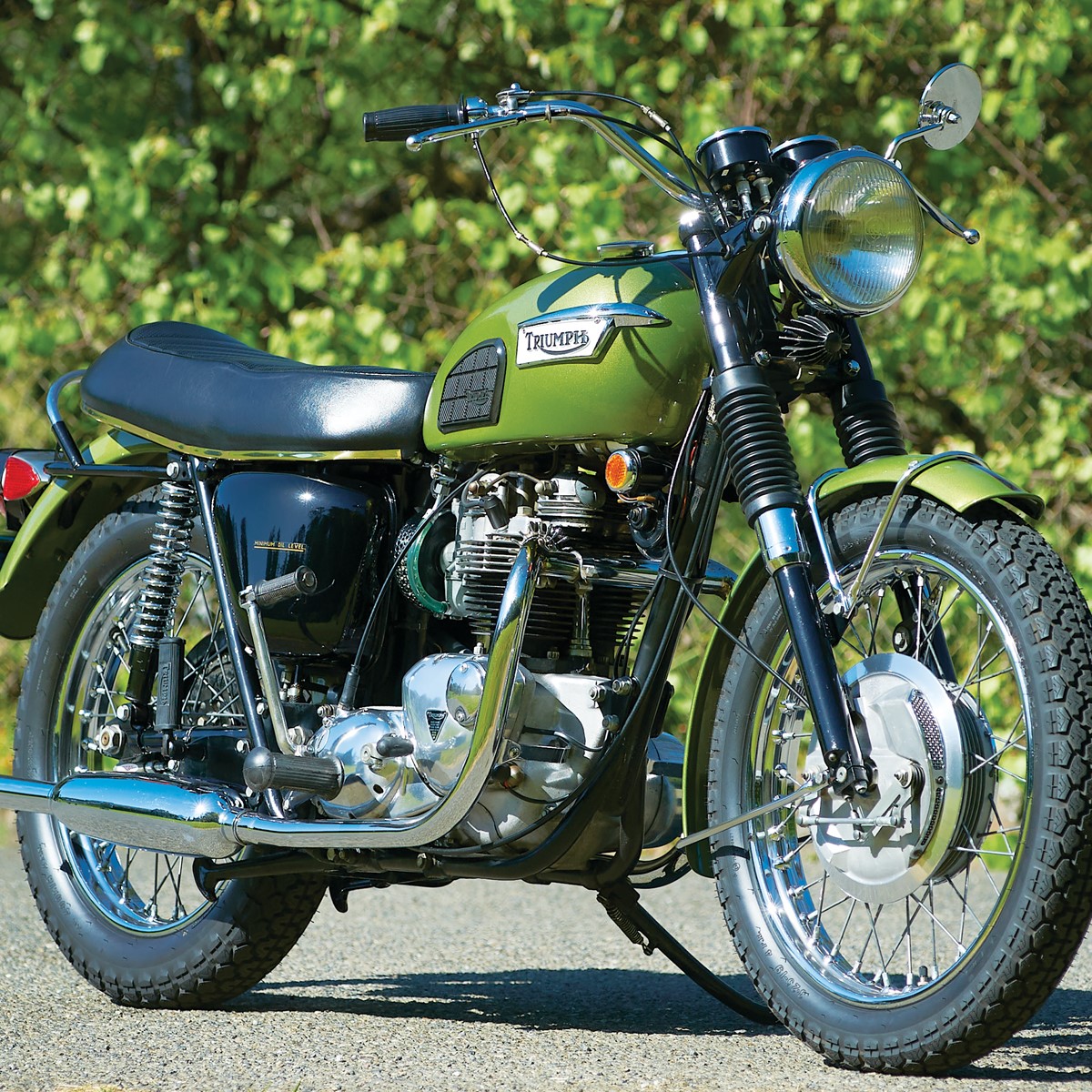
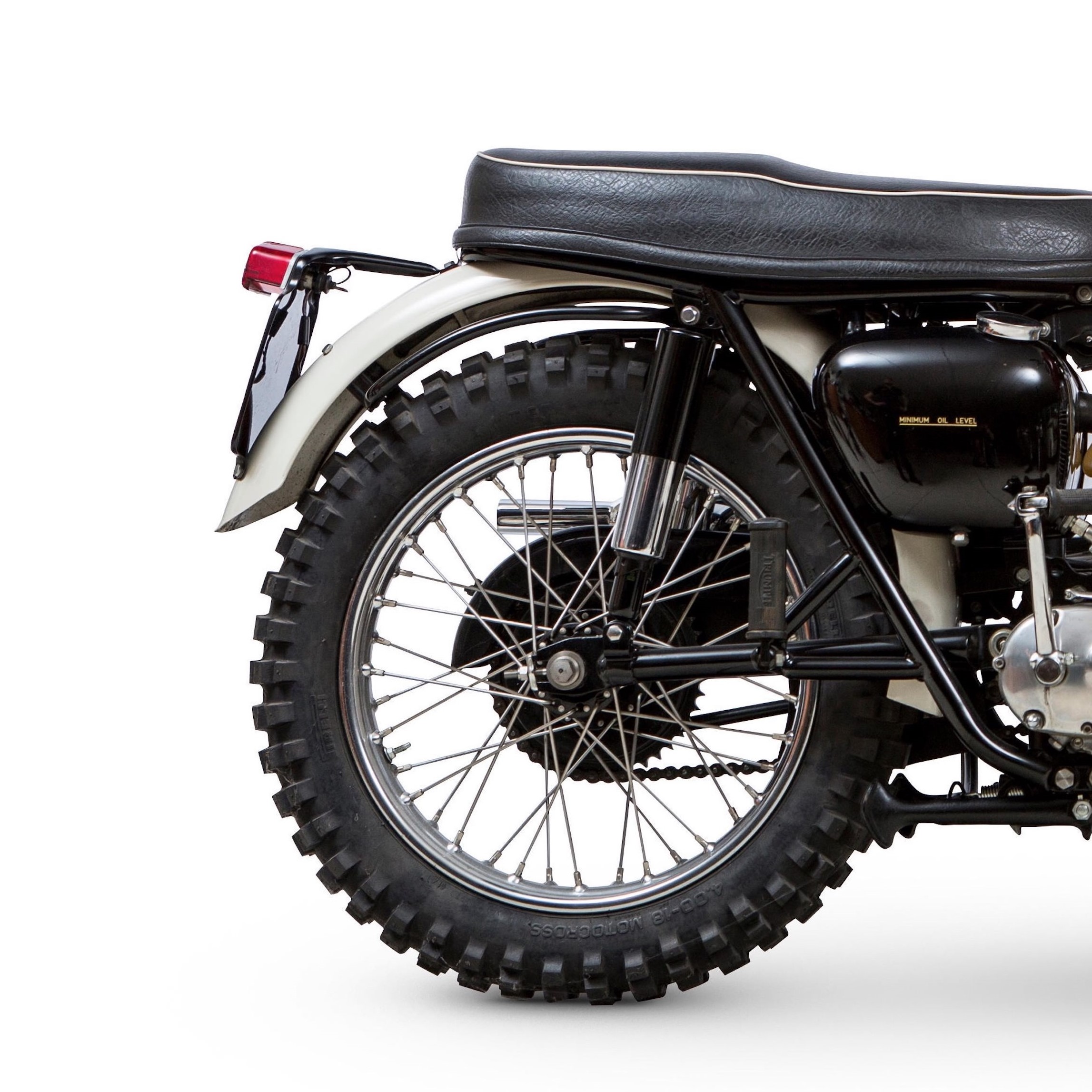 Customization Trends for the TR6
Customization Trends for the TR6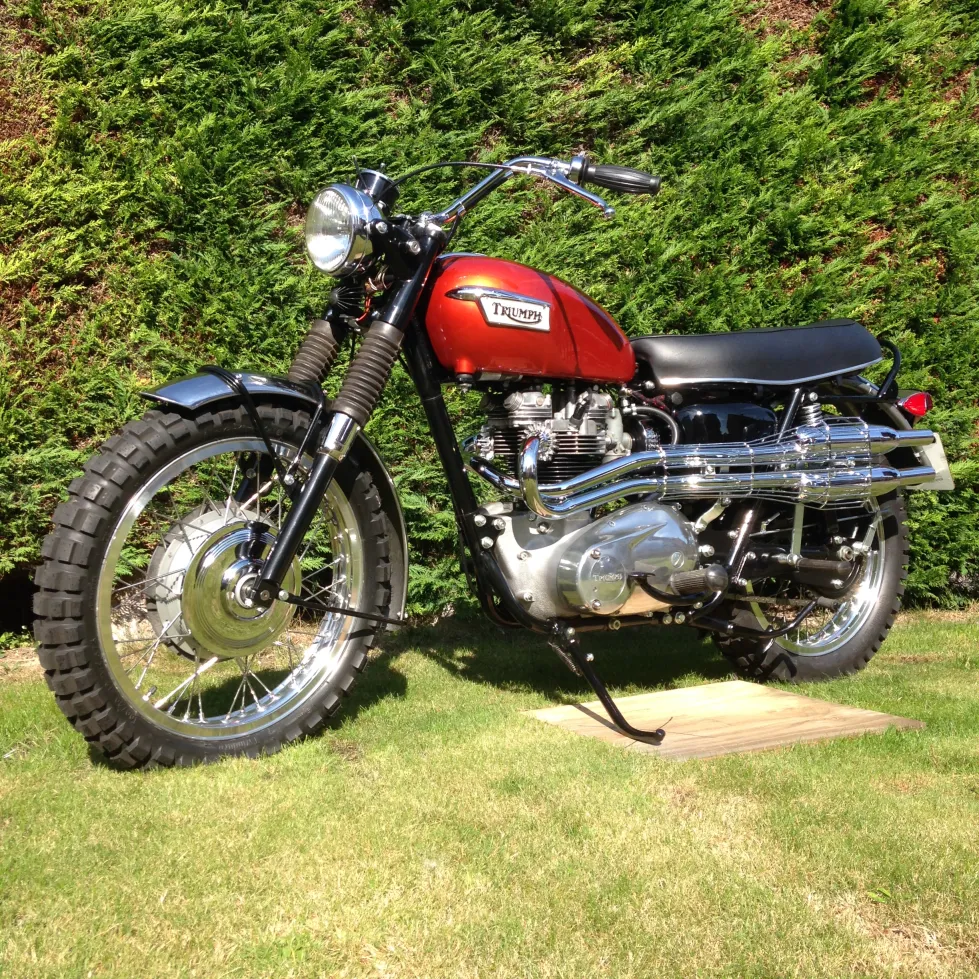 Triumph TR6 Ownership Experience
Triumph TR6 Ownership Experience